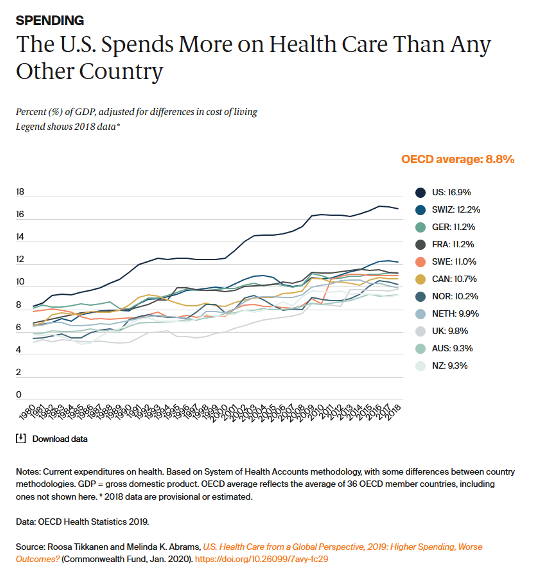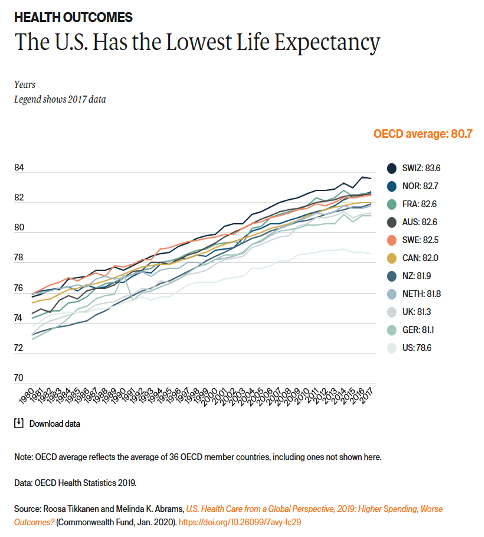
As a business, your primary job is offering services and products to your customers. You learn which of your offerings to keep producing based on how many units individual customers consume. Your sales trends happen one customer at a time. And that may be all you need.
…BUT WHAT IF IT ISN’T?
Is the one-at-a-time approach getting you to where you want to be fast enough? Are you having the widespread impact your vision and mission have set out for you by engaging with consumers individually? If your answer is, “No,” then allow me to float a concept your way: Community.
Community is the way we, as individuals, organize with others. These communities may be driven by where we live, what religion we practice, who we are attracted to, how we identify, what our favorite past-time is, and so on. We each have a number of communities we can identify with, and each of those communities focuses on different things.
But one thing all communities have in common is that they seek to address the needs of their members. It is in understanding those needs that the idea of a community approach to your customers comes into play.
INDIVIDUAL VS. POPULATION, PART 1
There are a lot of ways you can go about understanding what individual customers need and want. There are also plenty of suggestions on the best ways to communicate with those individual customers. And while those one-on-one interactions are necessary, it is a very transactional (and inefficient) approach to building customer retention: Keep Customer A happy by talking directly to Customer A and providing Customer A what Customer A wants. The purpose of looking at the community of your customers is to move you out of an individual and towards a community (read: population) approach, a transition that the United States’ healthcare infrastructure can help you understand.
HEALTHCARE AS A MODEL (NO, I’M NOT JOKING)
For those of you who do not provide health-related services, it is important to level set how the global community views healthcare in the U.S. (and, therefore, why it is telling I use health as a model).
When compared to other countries in the Organisation for Economic Co-operation and Development (OECD), the U.S. spends more on healthcare and produces far superior results. Our country spends 16.9% of Gross Domestic Product (GDP) on healthcare compared to the OECD average of 8.8%. As a result of this spending, people in the U.S. have the lowest life expectancy: 78.6 years compared to the OECD average of 80.7 years. One driver of our low life expectancy is that we have the highest rate of avoidable deaths among the OECD cohort (If you want to read all the details, see the January 2020 U.S. Health Care from a Global Perspective, 2019 issue brief from The Commonwealth Fund).


What is the point of sharing these data? The takeaway is that healthcare in the U.S. spends a lot and produces limited value to its customers: us, the patients. One reason for this is that, historically, healthcare in this country has been based on the needs of the individual patient. In practice, this translates to Provider 1 giving Patient A what Patient A needs to address Patient A’s health concern(s). The relationship starts all over again when Patient B walks through the door.
This repetitive, individualistic approach to the delivery of healthcare—while necessary to some degree—is expensive and brings about improvement in our collective health outcomes very slowly (if at all).
So how has healthcare begun addressing this problem? By building out their focus on population health, a practice in healthcare that has had multiple resurgences throughout history. Currently—and thanks in no small part to the Patient Protection and Affordable Care Act (ACA)—the healthcare community, including providers, payors, and patients, are collectively looking to shift some of their focus off of the provision of care for the individual and to the offering of services to general populations. Why? Because the healthcare field believes two things:
- Looking at a population allows for the identification of common risk and resilience factors among patients and, therefore, the more coordinated and efficient delivery of services to those in need; and,
- Understanding the context of a population, including non-medical needs (oftentimes called Social Determinants of Health), provides an opportunity to offer more comprehensive support to patients, thus empowering them to remain more adherent to clinical services and improve their health status.
INDIVIDUAL VS. POPULATION, PART 2
So back to business: What the what does healthcare’s current implementation of population health have to do with your customer base?
I say quite a bit.
There will always be a need to address the concerns and needs of an individual customer, much like healthcare will need to treat the individual patient. But have you taken time to consider what other needs and/or interests those individual customers may have?
You may say yes, especially if you engage in targeted marketing or recommending products for a customer based on the consumption habits of others “like them.” While those tactics have proven effective at boosting sales (as long as they are not creepy), I argue that they are only half of a community-based approach to sales and marketing in that you have looked at the population of your customers, identified commonalities, and streamlined how you push out products to those most likely to engage (see #1 above).
Now you need to look at the second half, or #2 above: Understanding and supporting the context within which your customers are living. That context is comprised of the communities with which your customers identify and those communities are vitally important to them.
Individuals come together in communities to address common needs. Communities provide a mechanism through which members believe they can positively change their surroundings. They are powerful forums for otherwise disparate individuals to have shared experiences and overcome common barriers, oftentimes collectively identifying the partners they need to offer necessary solutions. By integrating a community-based approach to your customers, you help your business position itself to be one of the partners a community relies on to move forward.
BUILDING A COMMUNITY APPROACH TO YOUR CUSTOMERS
How does a community approach work? First, you need to take stock of what is happening in the world around you. Currently in play within the U.S. are rights associated with voting, non-discrimination, reproductive health, and carrying firearms. There is significant ongoing work to increase accountability and reign in the unchecked authority of our country’s police system. This list could go on. But the point is that there is a lot happening in the world today, and your customers are paying attention to more than your newest product or your most recent care delivery model. So Step 1: Be like your customers and raise your company’s awareness of what your customers are paying attention to.
Yes, that is only Step 1. There is definitely a Step 2: Do something about it. The days in which customers patronize a company simply because of a product or service are sun setting. The 2020 Consumer Culture Report found that, on average, 71% of consumers patronize brands that share their values. We, as customers, not only want our needs met; we want them met by companies and businesses that align with our views on the big, macro-level discussions that are too big to address by ourselves. This step may make some uncomfortable, and I get it: You don’t want to risk alienating some customers by publicly siding with others. However, we are increasingly seeing silence as unacceptable. Remember: Georgia-based companies spoke out about Georgia Senate Bill 202 in response to calls to boycott their brands. Regardless of if you stay silent or take action, you are probably going to disrupt part of your customer base. So, you might as well disrupt it for standing for something, right?
Once you know what your consumers stand for, and how that does or does not align with you and your business, you can continue focusing on your customer communities. Canva offers really great advice on how to do this through online fora.
Here at Atromitos, we aim to create an online community through Our Ideas articles like this one. So, what do you think? Comment below your thoughts on this top tool of 2021.

